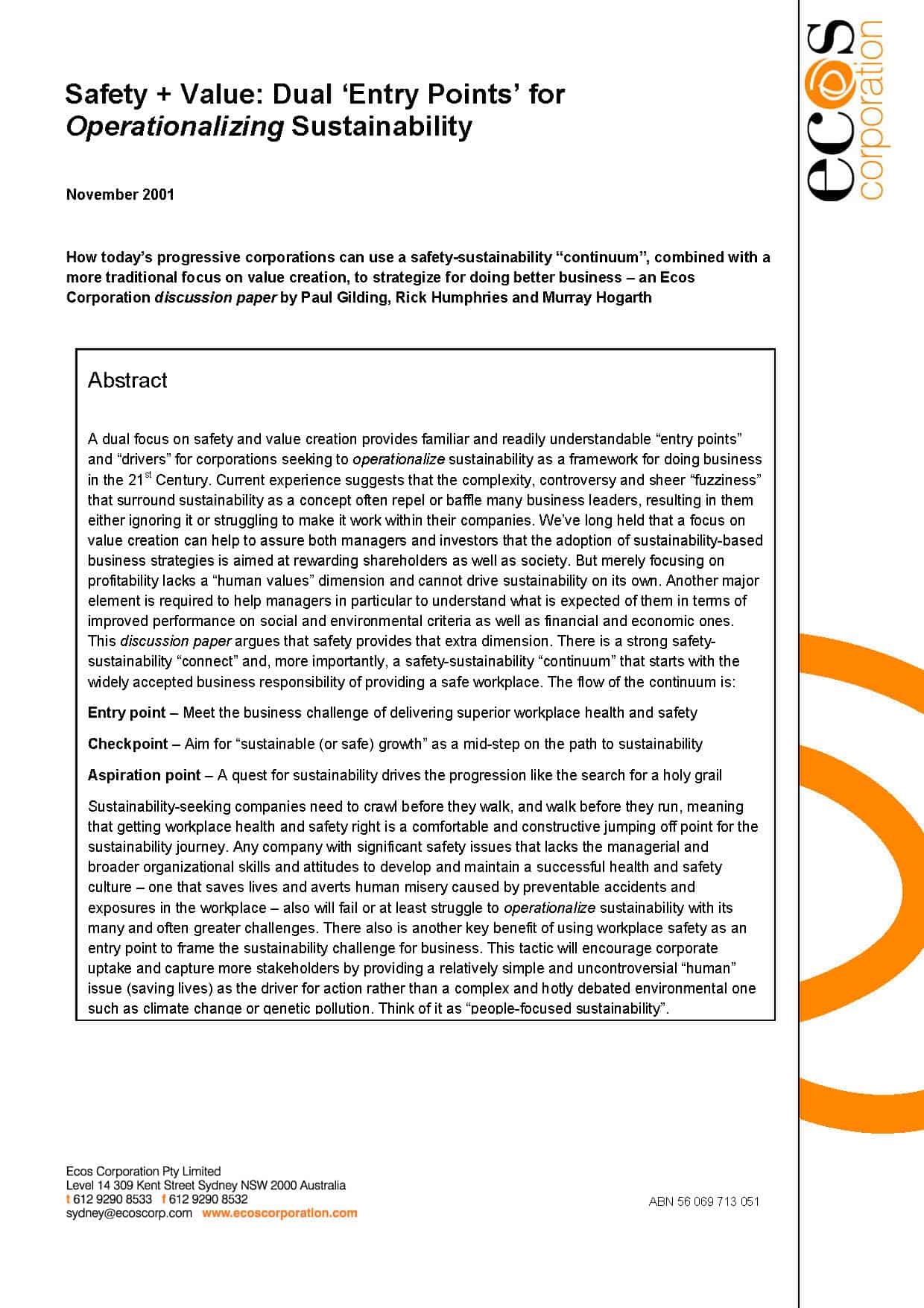On the evening of 28 April 2016, (Australian time), Professor Mike Behm of North Carolina, Ciaran McAleenan in Ireland and others coordinated an online discussion about the importance of International Workers Memorial Day (IWMD). Dr Gerry Ayers was scheduled to participate but was beaten by technical problems. However he shared his thoughts about the memorial and has allowed SafetyAtWorkBlog to reproduce his thoughts. These are included below: Continue reading “Gerry Ayers on International Workers Memorial Day”
There is no such thing as a Cone of Silence, accept the reality
At a recent seminar on managing serious workplace incidents, there was a brief discussion about how evidence is collected and controlled. The response from the panel was that one should always assume that conversations are always being recorded or have the capacity to be. A non-safety example of this appeared in The Age newspaper recently. It appears that someone recorded the Royal Australasian College of Surgeon’s examination process and the recording included discriminatory comments. Two examiners have been stood down and the College is investigating the examination processes. Continue reading “There is no such thing as a Cone of Silence, accept the reality”
Could safety by algorithms be next?
It seems to be increasingly important for occupational health and safety (OHS) to focus on the human and the humanity of the worker but this seems out of touch with the world of Human Resources (HR) and recruitment that is increasingly being dominated by impersonal algorithms. Recently BBC’s Global Business program looked at Recruitment By Algorithm.
According to Global Business, recruitment assesses the “fit” of a job applicant through assessments undertaken by computer programs and algorithms. This is occurring at the same time as OHS professionals are increasingly advocating the importance of a “safety culture” even though safety culture is difficult to define, and some deny it exists. There seems to be an inherent conflict in the process of recruiting safe workers. Continue reading “Could safety by algorithms be next?”
OHS reality and common sense
On the eve of International Workers Memorial Day, I attended a seminar about the management of fatalities and serious injuries conducted by a group of risk management and insurance agents. Prevention was not on the agenda which led to some surprising statements.
Are OHS professionals on the ‘B’ Ark?
 In The Restaurant at the End of the Universe Douglas Adams has a character tell a story of a ship of middle managers being sent from a supposedly doomed plant to colonise a new world. The ‘B’ Ark contains millions of
In The Restaurant at the End of the Universe Douglas Adams has a character tell a story of a ship of middle managers being sent from a supposedly doomed plant to colonise a new world. The ‘B’ Ark contains millions of
“Hairdressers, tired TV producers, insurance salesmen, personnel officers, security guards, public relations executives, management consultants,….”
I think occupational health and safety (OHS) professionals are lucky they were not included in the list because many people consider OHS professionals to be little more than a nuisance. Continue reading “Are OHS professionals on the ‘B’ Ark?”
Don’t kill anyone. Don’t seriously injure anyone.
 Michael Tooma (pictured right) has been a leading writer on occupational health and safety (OHS) law in Australia for some time. He is one of the few labour lawyers who is not afraid to express an opinion although he has always spoken within the legal context.
Michael Tooma (pictured right) has been a leading writer on occupational health and safety (OHS) law in Australia for some time. He is one of the few labour lawyers who is not afraid to express an opinion although he has always spoken within the legal context.
Recently Tooma participated in a roadshow with
Prescient research on OHS, values and sustainability
 It has become fashionable to place occupational health and safety (OHS) in the organisational context of business sustainability. But this is not a new phenomenon in Australia. In 2001 the Ecos Corporation published a discussion paper called “Safety + Value: Entry Points for Operationalizing Sustainability.”* It states
It has become fashionable to place occupational health and safety (OHS) in the organisational context of business sustainability. But this is not a new phenomenon in Australia. In 2001 the Ecos Corporation published a discussion paper called “Safety + Value: Entry Points for Operationalizing Sustainability.”* It states
“A dual focus on safety and value creation provides familiar and readily understandable “entry points” and “drivers” for corporations seeking to operationalize sustainability as a framework for doing business in the 21st Century.”
